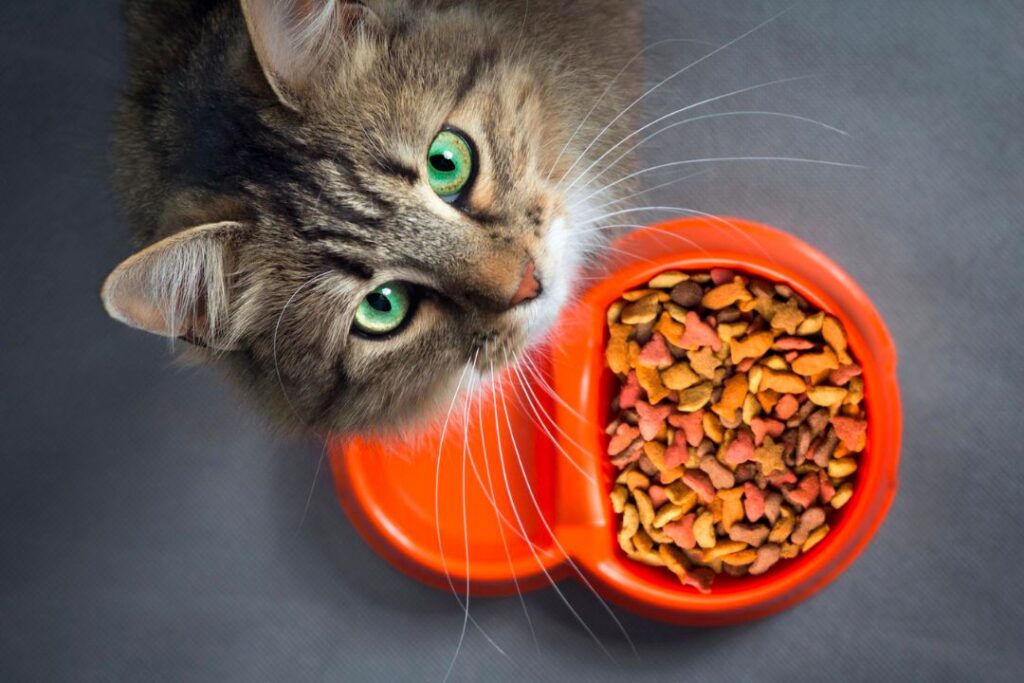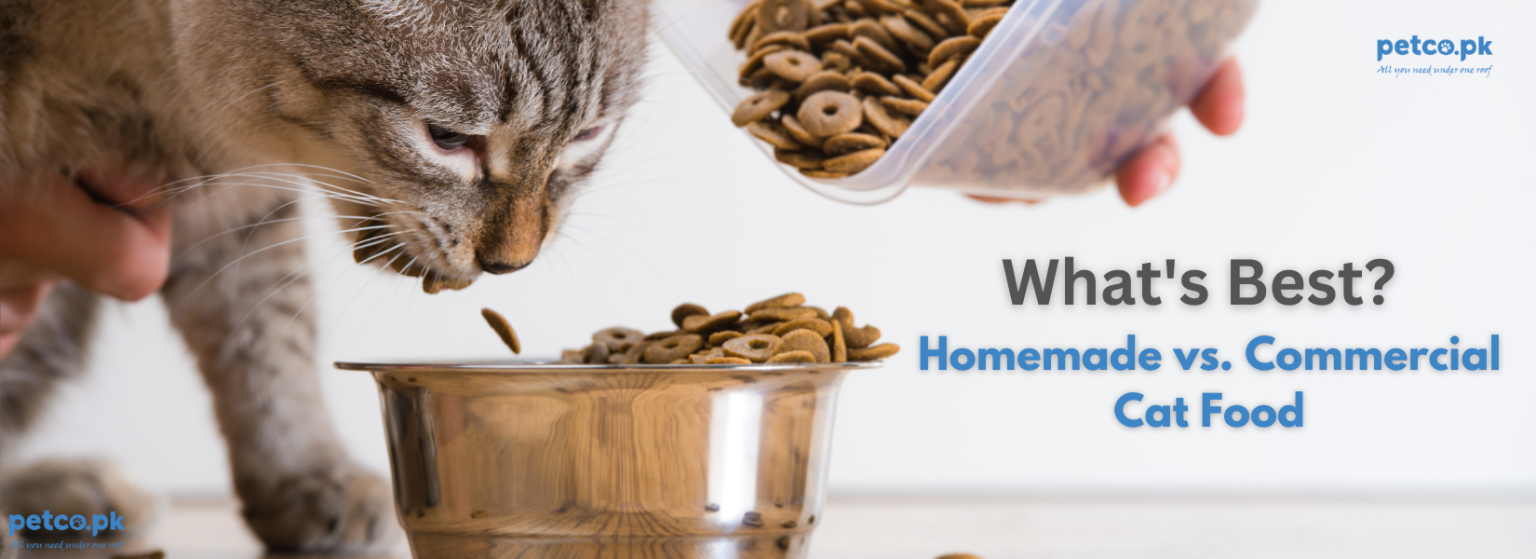When it comes to feeding our feline friends, pet owners often face the dilemma of choosing between homemade and commercial cat food. Both options have their merits, and understanding the differences can help you make the best choice for your cat’s health and well-being. In this post, we’ll explore the benefits and drawbacks of each option to help you decide what’s best for your furry companion.
1. Understanding Cat Nutritional Needs
Importance of a Balanced Diet
Cats require a diet rich in protein, vitamins, and minerals to thrive. Understanding their specific nutritional needs is crucial when deciding between homemade and commercial food.
Essential Nutrients for Cats
Cats need certain essential nutrients, including taurine, arachidonic acid, and specific vitamins that must be included in their diet for optimal health.
2. Benefits of Homemade Cat Food
Control Over Ingredients
One of the main advantages of homemade cat food is the control it gives you over the ingredients. You can choose fresh, high-quality components and avoid fillers and artificial additives.
Customization for Dietary Needs
Homemade food allows you to tailor meals to your cat’s specific health needs, including allergies, sensitivities, or weight management.
Freshness and Quality
Preparing food at home often ensures fresher ingredients, which can be more appealing to your cat and beneficial for their health.
Cost-Effectiveness
In some cases, homemade cat food can be more cost-effective than premium commercial brands, especially if you buy ingredients in bulk.
3. Drawbacks of Homemade Cat Food
Nutritional Imbalance
Creating a balanced diet that meets all of a cat’s nutritional needs can be challenging without proper knowledge or guidance, leading to potential deficiencies.
Time-Consuming
Preparing homemade cat food requires time and effort, which may not be feasible for all pet owners, especially those with busy lifestyles.
Risk of Contamination
There is a higher risk of foodborne illnesses and contamination when preparing food at home if proper hygiene and cooking practices are not followed.
Lack of Convenience
Unlike commercial food, which is ready to serve, homemade meals require preparation and planning, making them less convenient for busy pet owners.

4. Benefits of Commercial Cat Food
Convenience and Time-Saving
Commercial cat food offers convenience as it requires no preparation. You can easily open a bag or can and serve it to your cat.
Nutritional Formulation
Most commercial cat foods are formulated to meet the specific dietary requirements of cats, ensuring a balanced diet with the right proportions of nutrients.
Variety of Options
There is a wide variety of commercial cat foods available, including dry, wet, grain-free, and specialized diets, allowing you to choose based on your cat’s preferences and needs.
Regulation and Quality Control
Reputable commercial brands adhere to industry regulations and standards, which can provide assurance regarding the safety and quality of the food.
5. Drawbacks of Commercial Cat Food
Ingredient Quality Concerns
Some commercial cat foods may contain low-quality ingredients, fillers, or artificial additives that may not be beneficial for your cat’s health.
Less Control Over Ingredients
When choosing commercial food, you have limited control over the ingredients used, making it difficult to avoid allergens or unwanted components.
Cost of Premium Brands
While some commercial foods are affordable, premium brands can be expensive, making them less accessible for all pet owners.
Potential for Recalls
Commercial pet food can be subject to recalls due to contamination or safety issues, posing risks to your cat’s health.
6. Key Considerations When Choosing Cat Food
Age and Life Stage
Consider your cat’s age, weight, and life stage when selecting food, as dietary needs differ between kittens, adults, and senior cats.
Health Conditions
If your cat has specific health issues, such as allergies or diabetes, consult with a veterinarian to determine the best dietary approach.
Personal Preferences
Your cat’s preferences play a crucial role in their food choices. Pay attention to what they enjoy to ensure they eat well.
Budget
Consider your budget for pet food, as both homemade and commercial options come with varying costs.
7. Making the Transition
Gradual Change
If you decide to switch from one food type to another, do so gradually to avoid digestive upset. Mix the new food with the old food over several days.
Monitoring Health
Observe your cat’s health and behavior after making changes to their diet. Look for signs of allergies, weight changes, or digestive issues.
8. Consulting with a Veterinarian
Importance of Professional Guidance
Before making significant changes to your cat’s diet, it’s essential to consult with a veterinarian. They can provide tailored advice based on your cat’s individual needs.
Nutritional Guidance
Veterinarians can help you formulate a balanced homemade diet or recommend high-quality commercial options that meet your cat’s requirements.
9. Conclusion
Choosing between homemade and commercial cat food ultimately depends on your cat’s unique needs, your lifestyle, and your preferences. Both options have their advantages and disadvantages, and it’s essential to weigh them carefully. Whether you opt for homemade meals or a convenient commercial diet, ensuring that your cat receives balanced nutrition is the top priority. By understanding their dietary needs and consulting with professionals, you can make an informed decision that promotes your cat’s health and happiness.
